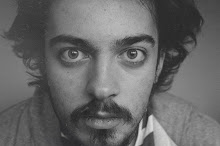Below is a draft floor plan for the oudoor exhibition. The aim is to create a space that shows off some of the best contemporary sculpture and land art but also offers a relaxing and peaceful location for people to enjoy a day out. The space is 15,000 square metres in size and consists of several rows of hedges, paths going around the park and a river. There are fives pieces of work positioned around the garden. After giving it some thought I have decided to keep the design of the garden relatively straight forward. By keeping the layout simple the visitor feels more at home and settled and more importantly it would be a design fault if the garden itself acted as a distraction from the work on display.
A river runs throughout. Rowing boats are available if visitors choose to take a boat trip around the gardens and to take in what the exhibition has to offer. Boats can hold up to 6 people.
There is also a cafe on site which is great for snacks aswell as more substantial meals throughout the day. It also has a visitors information centre next to the entrance offering help and answers to any queries visitors may have.




